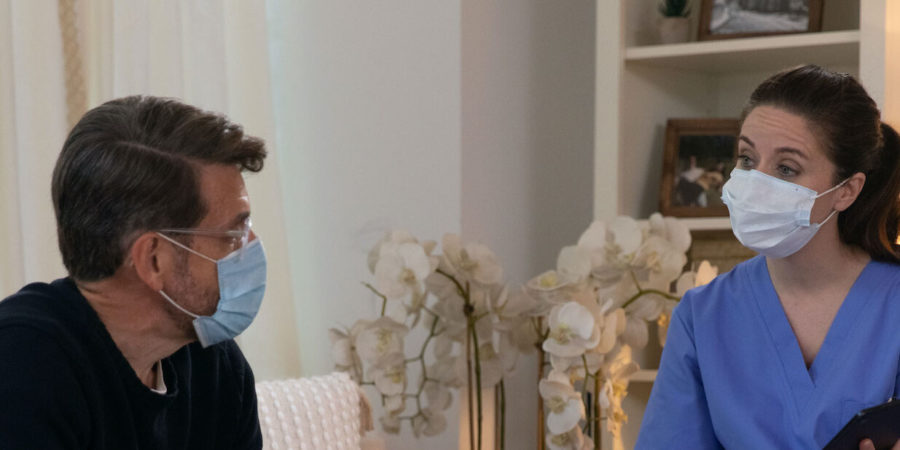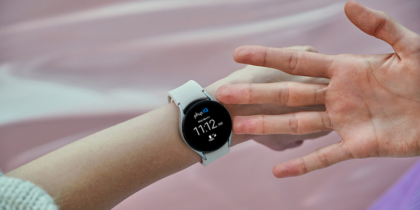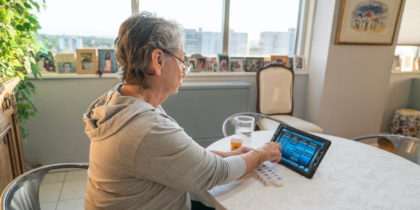Value-based care has been a key focus for hospitals over the past decade — at least in theory. But many providers have been slow to abandon traditional fee-for-service models or invest in the technology they need to actually deliver value-based care. COVID-19 has forced healthcare organizations to do a decade’s worth of digital transformation in a matter of months. As they deploy mobile healthcare technology to help them weather the pandemic, medical professionals are also building better infrastructure to deliver value-based care long into the future.
Coronavirus exposes old problems with new solutions
In 2010, the Affordable Care Act (ACA) mandated that Medicare reimbursements be tied to quality measures. Since then, many state-run Medicaid programs and even private insurers have slowly followed suit, developing value-based payment models that incentivize providers to implement new technology and programs that improve care while cutting costs. But many providers have lacked the time, money or motivation to do so until now.
COVID-19 has exposed — and exacerbated — many of the vulnerabilities in the U.S. healthcare system, including hospital resource shortages, racial disparities in quality of care, the rampancy of chronic diseases and the downside of employer-sponsored insurance when millions of people suddenly lose their jobs. But these vulnerabilities didn’t surprise medical professionals; they underscored longtime problems.
As a silver lining, the pandemic has unearthed new opportunities to solve these problems with telehealth, which has seen widespread adoption in 2020. Industry experts expect the pandemic could also accelerate the shift toward more value-based care payment models. Primary care physicians and other medical specialists lost significant revenue during the pandemic as patients postponed routine office visits. Switching to a value-based care payment model can provide them a steadier source of income than fee-for-service models.
To provide value-based care post-COVID, forward-thinking healthcare providers are investing in technology that supports remote care and streamlines clinical communication.
Improve engagement and reduce readmissions with telehealth
Value-based care is healthcare that meets the ACA’s triple aim:
- Improving care for individuals
- Improving population health
- Lowering health costs
Federal value-based care programs, such as the Hospital Value-Based Purchasing Program and the Hospital Readmission Reduction Program, incentivize providers — through financial penalties or rewards — to improve patient engagement, education and chronic disease management. Telehealth helps providers achieve these goals by enabling remote care — not just during the pandemic, but as part of a “new normal” that combines virtual and in-person solutions to deliver truly connected care.
Telehealth encompasses a variety of connected care technologies, including telemedicine, live videoconferencing and remote patient monitoring (RPM). These trends have grown rapidly during the pandemic. While foot traffic in ambulatory clinics fell 60 percent in early April before eventually rebounding at 10 percent below baseline, telemedicine use grew by 14 percent.
Eighty-five percent of doctors reported conducting virtual patient visits via videoconference or phone call, according to an April 2020 Sermo survey of more than 1,300 physicians. Sixty-eight percent said the pandemic is proving the effectiveness of telehealth and that it will change how doctors see patients going forward. The vast majority of them (77 percent) support the shift.
RPM was already on the rise before the pandemic, largely due to changing Medicare reimbursement rules that expanded access to the service. The federal government acknowledged that remote monitoring improves chronic care management, reduces hospital admissions and readmissions and otherwise supports the goals of value-based care.
Government and commercial insurers have expanded coverage for remote monitoring and telemedicine during the pandemic, and many of these changes will be permanent. As more revenue streams and opportunities arise, the telehealth solutions that providers are using now will continue to improve value-based healthcare long after COVID-19.
How to create a mobile-first hospital
Get your free guide to modernizing clinical communications with smartphones. Download Now
Improve collaboration and productivity with digital clinical communications
Connected care is one side of the coin; the other side is connected teams. Every minute that clinicians spend tracking down the people and information they need to do their jobs is a minute they could spend improving patient care, education and safety. Likewise, every minute patients spend waiting for lab results in the emergency department or waiting for discharge papers after an inpatient stay is a minute that another patient spends in the waiting room.
With smartphone-based clinical communications, clinicians don’t waste precious minutes paging each other and waiting for return calls. They use their mobile devices to securely call or text their team members and collaborate in real time. Clinicians can also use their smartphones to access and edit electronic health records (EHRs) on the go, without needing to hunt down an available desktop computer or wait their turn at crowded nurses’ station.
When a patient’s lab results are ready to view, the clinician receives an automatic smartphone notification and can act on the information instantly, administering treatment or discharging the patient. In a University of Toronto study, patients admitted to emergency departments with chest pain were discharged an average 26 minutes earlier when their doctors received a smartphone notification about their lab results. Even pre-COVID, smartphones already gave hospitals a twofold advantage: better patient satisfaction and improved patient throughput. Now, they also enable better social distancing.
Of course, COVID-19 will eventually be contained, and social distancing measures will become a thing of the past. But telehealth and smartphone-carrying clinicians are here to stay — not as a replacement for in-person treatment, but as a way to supplement in-person treatment and provide connected, value-based care.
Learn more about smartphone-based clinical communications in this free white paper. And make sure you’re up to date the new rules for RPM reimbursement.









